Your Livelihood in Tow

Years ago, contractors with compact equipment fleets did not spend much time thinking about trailers. After all, it’s the equipment that makes contractors money. The trailer is just a means to get the equipment to and from the jobsite.
“In the past, a guy saw trailers on a lot and looked for the cheapest model,” says Bill Smith, engineering manager for the Advance Metalworking Co. Inc. of Kewanee, Ill. “Today’s contractors haul heavier loads and demand more from their trailers, so value takes on a deeper meaning than just the initial purchase price.”
Contractors have a number of considerations when purchasing a trailer — the type and weight of equipment, tow vehicle capacity and equipment load clearance — to name a few. Selecting the right trailer to fit all the company’s needs can mean the difference between efficiently getting to the jobsite or more time and higher costs to load the equipment.
Low Ridin’
The bottom line with trailers most often used to transport compact equipment is the maximum width cannot exceed 102 in. When considering the trailer deck, manufacturers handle this in a couple of different ways. The beds of table-top or tilt-deck trailers are positioned above the wheels, allowing for deck widths reaching up to the full 102 in. Incline platform or drop-deck trailers, where the deck rides in between the wheels, lowers the load’s center of gravity for more stability, but the trade-off is a narrower maximum deck width.
At first glance, the table-top trailer may seem to be the logical choice, since the deck widths are wider and allow for more equipment and materials to be hauled. However, contractors must consider the size and weight of the equipment.
“The bed height of these trailers is about 2 ft, so heavier loads can cause more side-to-side movement and lean more in the turn,” says Smith. “Additionally, contractors will need to make sure that the equipment can safely make it up the ramps and clear any crown points.”
As contractors in the northern two-thirds of the country know all too well, loading equipment using icy ramps during the winter can be difficult. “Unfortunately, I’ve seen workers get hurt trying to navigate slick ramps,” comments Annette Kull, co-owner of the Advance Metalworking Co. So, it’s the equipment and application that determines whether or not a table-top trailer is the right choice.
For a majority of construction, landscape and public works contractors using light- and medium-duty equipment such as compactors, skid steers, compact track loaders and scissor lifts, wider decks aren’t required. “More than 90 percent of the compact equipment on the market will fit on an incline platform trailer such as our Lo Riser,” explains Kull.
Built specifically for the compact equipment market, these hydraulically operated trailers offer a variety of payload capacity ratings, commonly ranging from 4,000 to 14,000 lbs.
Incline platform trailers offer bed lengths from 8 to 16 ft, depending on the model. The most common characteristic of these trailers is their deck width. Since the bed is positioned between the wheels, these decks max out at approximately 74 in. These low-riders carry a load, in some cases, less than 12 in. off the ground, so it has a lower center of gravity. “Hauling a mini excavator with a pickup on a table-top trailer, you’re going to feel the sway side to side, and it’s going to put more wear on the tow vehicle than if hauling it on an incline platform trailer,” says Smith.
The trailer beds hydraulically lower into loading position, affording one-person operation to safely load equipment and materials. “With some tilt trailers, it’s pull the pin and run while the deck lowers, whereas incline platform trailers offer a controlled decent,” says Kull. Nearly one-half the length of the trailer is on the ground during loading, eliminating the need for ramps.
These trailers work especially well with hard-to-load equipment like sweepers, landscaping equipment, pavers, rollers and trowels. “Contractors can load items onto these trailers with a pallet jack, since they have a load angle as low as four degrees,” adds Kull.
Contractors who transport scissor lifts to a jobsite will find incline platform trailers a better option. The lift can walk right onto the deck with some of the designs, so lifting equipment is not required, saving time and money. “The Lo Riser has no crown points, so low-clearance items can be easily loaded onto the trailer,” says Smith.
A Weighty Issue
Whether selecting a table-top or incline platform, payload capacity is a confusing issue when contractors purchase a trailer. Make sure that not only the tow vehicle is rated to pull the load but also the tongue load can handle it. Most three-quarter-ton trucks are rated to pull 10,000 lbs, and the typical tongue rating ranges from 10 to 15 percent of payload capacity.
When considering the tow vehicle, the gross combined weight rating (GCWR) is an important, but misunderstood, number. This takes into account the truck’s weight plus what it is rated to tow. A common mistake made by many is subtracting the truck’s weight from the GCWR to get the weight of equipment that can be hauled.
“In addition to payload, contractors must take into account the trailer’s weight, anything hauled in the truck bed and the weight of the people riding inside the tow vehicle,” explains Smith.
With a number of items comprising the GCWR, the weight of a trailer is a critical component in determining what can be towed. Kull recommends considering a trailer with a high payload to trailer weight ratio to maximize the effective payload.
“For instance, our 14,000-lb model offers a 4-to-1 payload to weight ratio,” she says. If high wheel load items are towed, contractors should take into account deck strength and stringer distance for support. High strength steel, such as Grade 55, will help prevent wash-boarding and extend the deck’s life. Also, according to Smith, the supporting structure with 10-in. stringers offers a more secure base.
One final trap to avoid is making wrong assumptions about a trailer’s axle rating. “One of the biggest misconceptions is customers assume that the axle rating is the payload capacity of the trailer,” says Smith. “It’s not, and contractors cannot ignore the trailer’s payload capacity.”
Don’t Blow It
Industry estimates put the average trailer life at approximately five years. Kull contends that following recommended service intervals and maintaining the trailers will extend their service life. “We have customers who are still using 20-year-old trailers,” she mentions.
One key to maximizing the investment is to not overload the trailer and properly balance the weight on the deck. Manufacturers indicate the trailer’s center of gravity, and contractors must consider the equipment’s weight distribution so as to not overload the rear axle or tongue. While manufactures have eliminated many grease points on trailers, contractors will still have a few grease zerks for lubrication. Additionally, little things like keeping the trailer clean and deck free of debris will help extend the service life.
Finally, tires remain the easiest service item to maintain but one of the most overlooked. Visually inspect tread wear and replace tires as required with a properly rated model to maintain trailer longevity. Smith also recommends regular monitoring of tire pressure. “Hauling heavy loads without the proper tire pressure can result in tire failure,” he says. And that is the quickest way to blow your investment.
Rick Zettler is a technical writer based in Cedar Rapids, Iowa.
Sustainable Solutions
Freightliner Delivers It’s First Natural Gas Vacuum Body Truck
Freightliner Trucks recently announced that it had delivered the first turnkey natural gas truck upfitted with a vacuum body. Developed in collaboration with VAC-CON, the Freightliner Business Class M2 112V Compressed Natural Gas (CNG) truck will also be equipped with a CNG-powered auxiliary-mounted engine that powers the truck’s water system.
Jacksonville, Fla.-based VAC-CON provides combination sewer cleaners to municipal and private markets throughout the world. Its combination cleaners combine high-pressure water and vacuum systems to effectively clean both sanitary and storm drainage infrastructure. VAC-CON tapped Freightliner Trucks to develop the CNG truck based on its ability to fulfill VAC-CON’s unique specs and need for a turnkey chassis solution.
“There’s a tremendous green movement happening now, and our customers are looking to us to provide efficient products with alternative fuel options,” said Tom Jody, marketing manager for VAC-CON. “From the beginning, the team at Freightliner Trucks had a genuine interest in this concept and in its success.”
The truck will include an Allison 3000RDS transmission for optimum performance and efficiency. The ideal transmission for alternative fuel vehicles, Allison transmissions include patented torque converter technology that results in improved startability at the launch of the vehicle, full power shifts and a better performing engine.
The Freightliner M2 112V also features a 2,500-sq in. windshield for enhanced visibility, outstanding maneuverability and a roomy interior for exceptional driver comfort.
“VAC-CON strives to provide our customers with the best blend of cleaning equipment and chassis, and because our focus is on the cleaning equipment, it makes our relationship with Freightliner Trucks extremely important,” said Jody. “The CNG project was truly a partnership and we look forward to continuing our work with Freightliner to further refine this and other natural gas products.”
Freightliner Trucks is a division of Daimler Trucks North America LLC, headquartered in Portland, Ore., and is the leading heavy-duty truck manufacturer in North America. Daimler Trucks North America produces and markets Class 4 to 8 trucks and is a Daimler company, the world’s leading commercial vehicle manufacturer.
A Ford F-150 EcoBoost race truck, with an engine that had the equivalent of 10 years of rugged use, finished the grueling Baja 1000 in November in 38 hours, traveling 1,061 miles. The 2011 Ford F-150 EcoBoost finished one of the most grueling desert endurance races in the world with plenty of power left at the finish.
The new 3.5-liter EcoBoost engine used to power the race truck performed spectacularly in the harsh terrain and extreme temperature swings of the Baja California Peninsula. The truck endured hard accelerations — often at full throttle — and stiff decelerations across the mountains at temperatures that swung between freezing and 100 degrees Fahrenheit. Earlier this fall, the engine was randomly selected off the line from the Cleveland Engine Plant to be put through a series of rugged exercises to test its long-term durability. It was installed in a 2011 F-150 at the Kansas City Assembly Plant then traveled to Oregon where it worked as a log skidder. Next, the truck towed 11,300 lbs at high speeds around a NASCAR track in Florida before towing up steep grades in Arizona against competitive trucks.
Though the EcoBoost engine entered the race with the equivalent of 10 years worth of rugged use, its inherent performance advantages — twin turbochargers and direct fuel injection — helped it complete the race.
“I’ve never seen anything like it in a stock engine — especially one that’s been through what this one has,” said driver Mike McCarthy. “This EcoBoost engine didn’t miss a beat. It took a beating and kept right on going. This is one tough engine.”
In late November, the engine was removed from the F-150 and installed in a race truck to take on the extreme conditions and terrain of the Baja 1000 in Mexico. In last year’s race, fewer than half of the competitors — many with modified engines — finished this race. The Baja 1000 represented the culmination of the F-150 EcoBoost torture test program, demonstrating the durability and capability of the class-leading 3.5-liter EcoBoost truck engine. Viewers can visit www.fordvehicles.com/trucks/f150/2011/experiencef150 to view each of the episodes as they are posted.
“While racing is action-packed and exciting, it serves a very real purpose for our engineers to learn about vehicle and engine performance that directly benefits our customers,” said Cliff Irey, Ford Truck Motorsports manager. “The Baja race is no different. In the last 30 hours, we learned a tremendous amount about the durability of this new F-150 engine, the EcoBoost. And we’re delighted to report that the EcoBoost engine showed it was up to this test.”
The engine that powered the race truck goes next to Ford’s powertrain laboratory for a teardown and inspection.

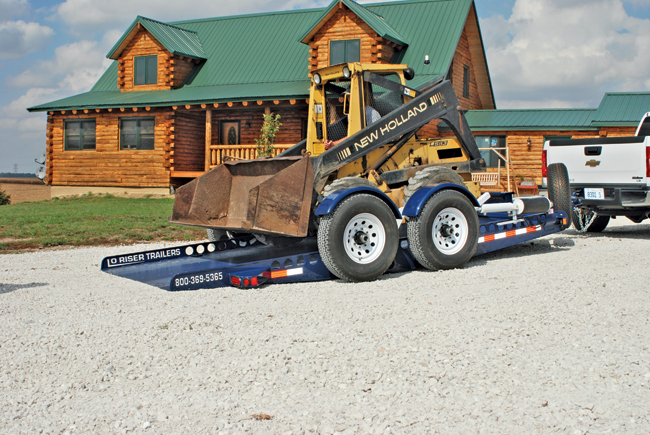
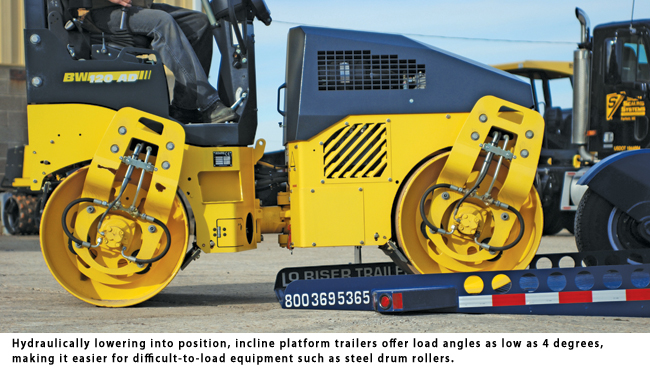
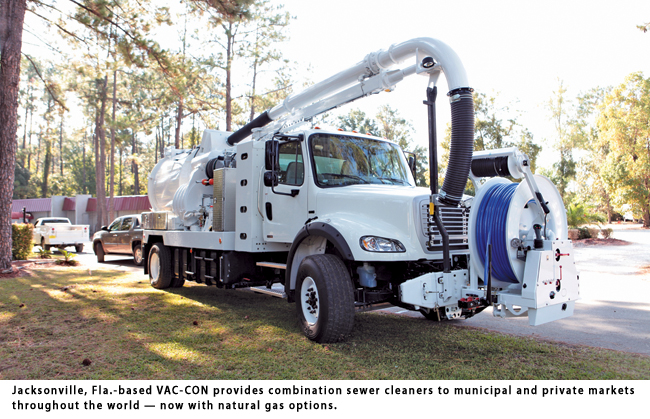

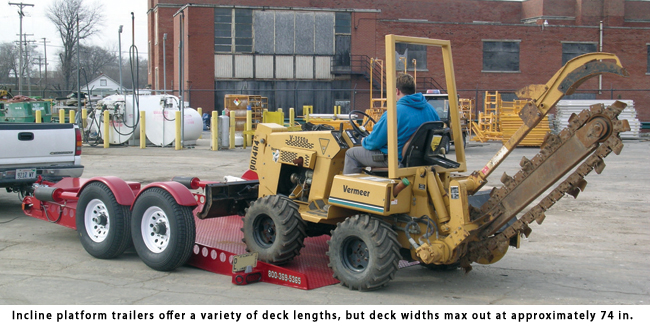
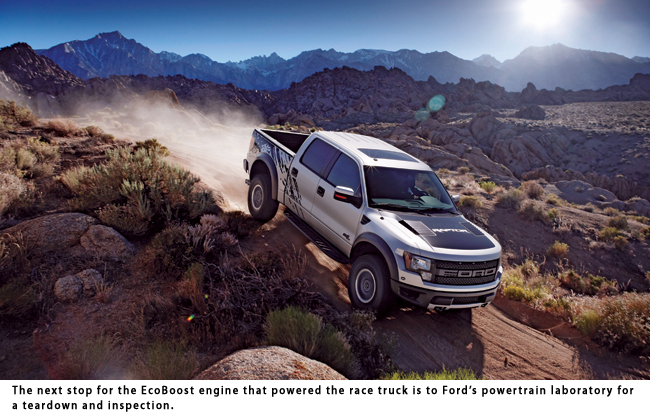


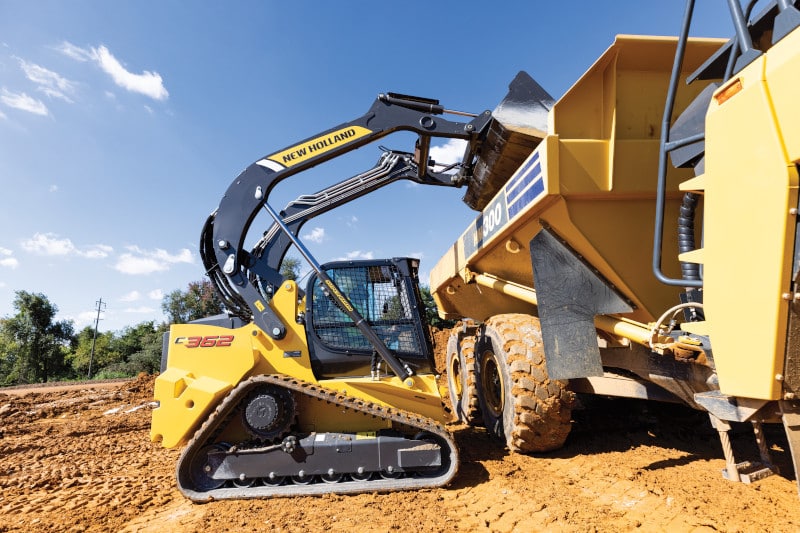

Comments are closed here.